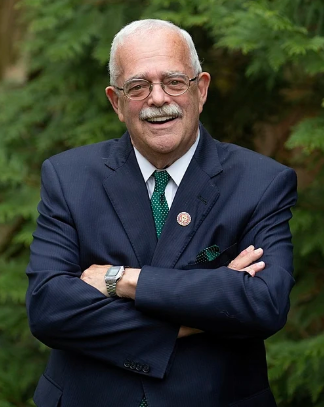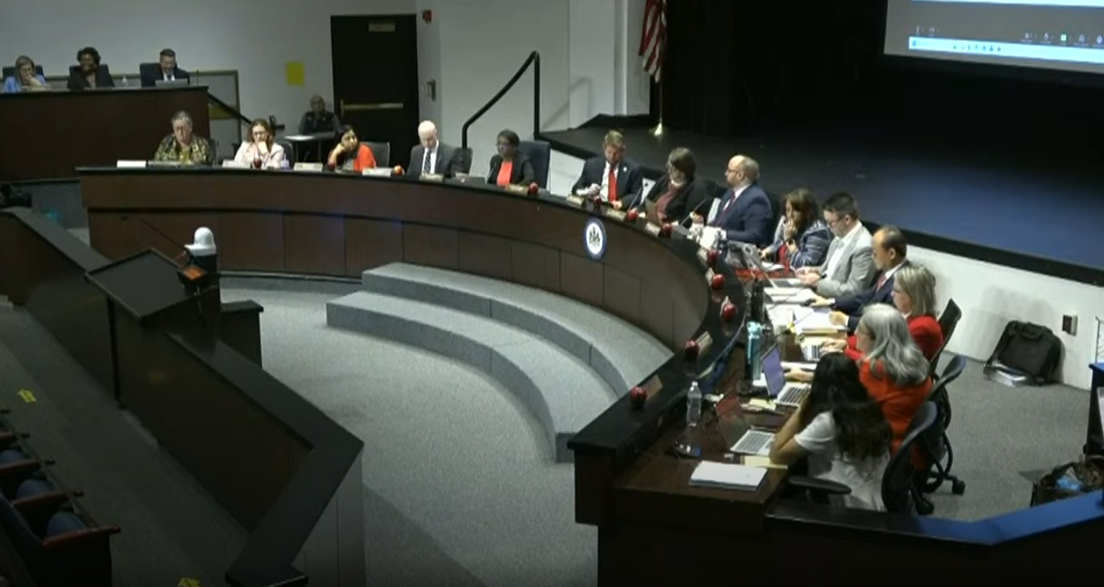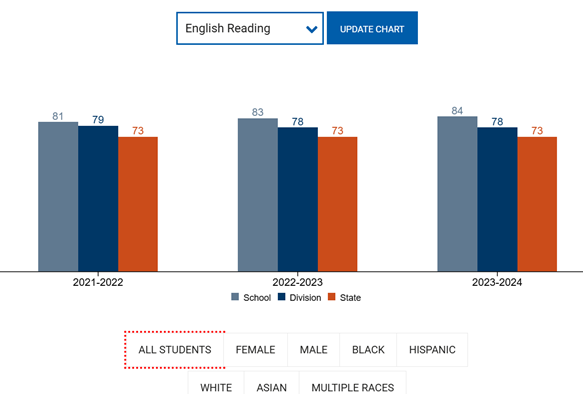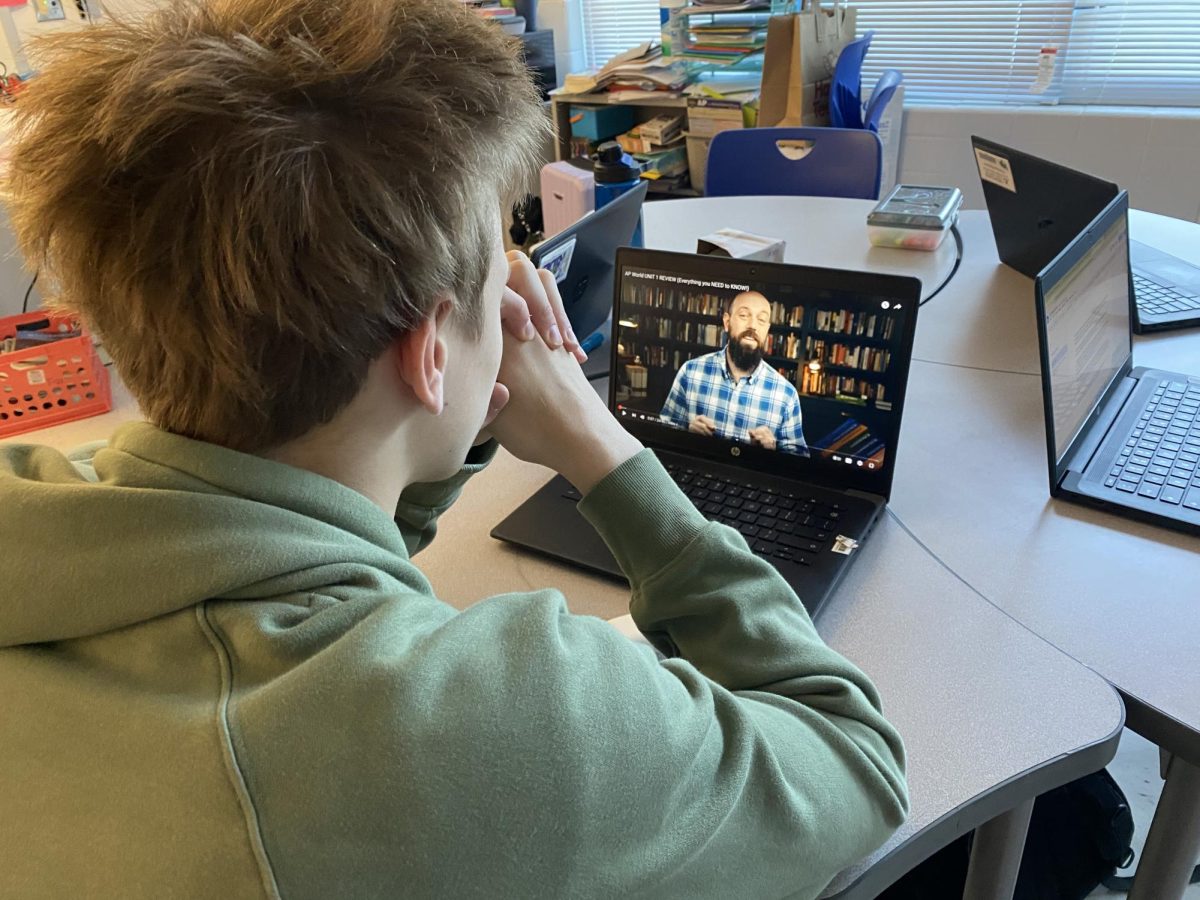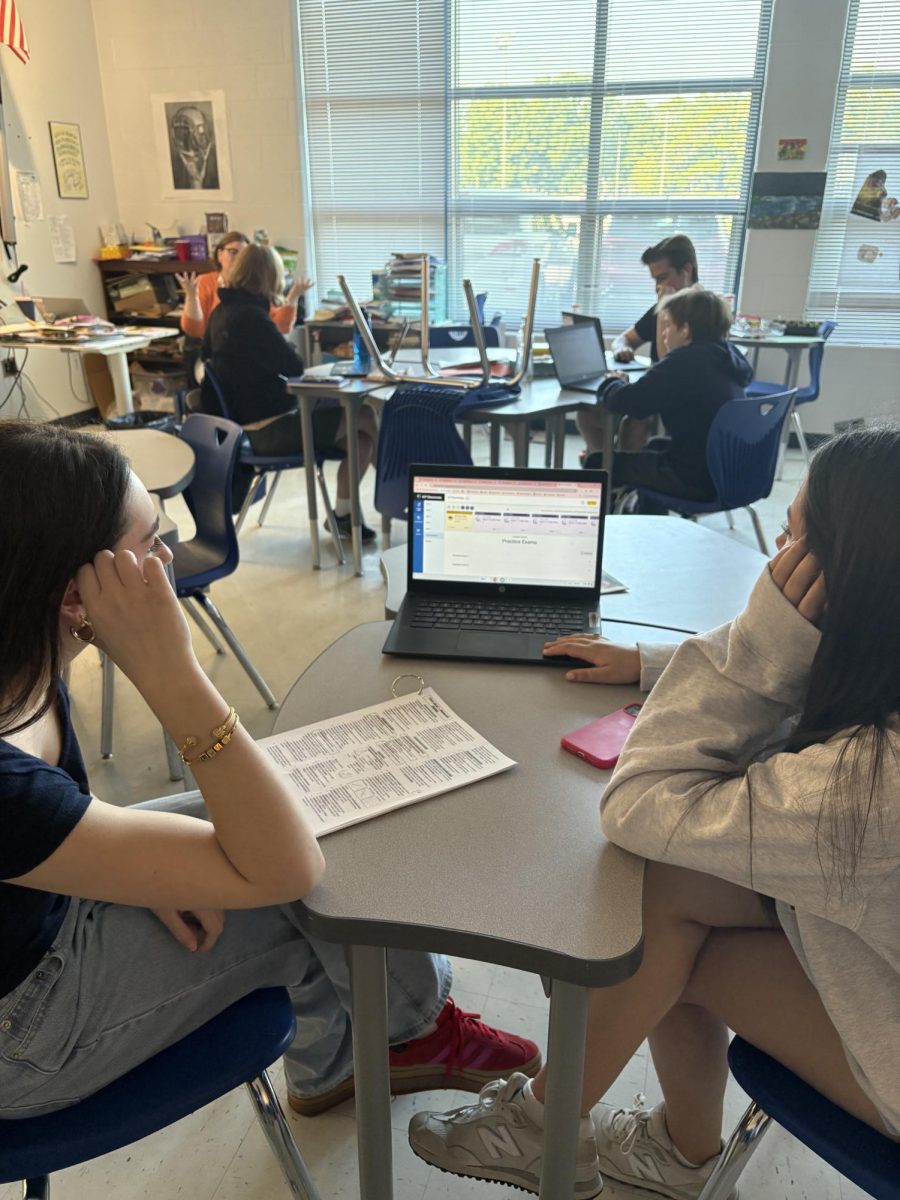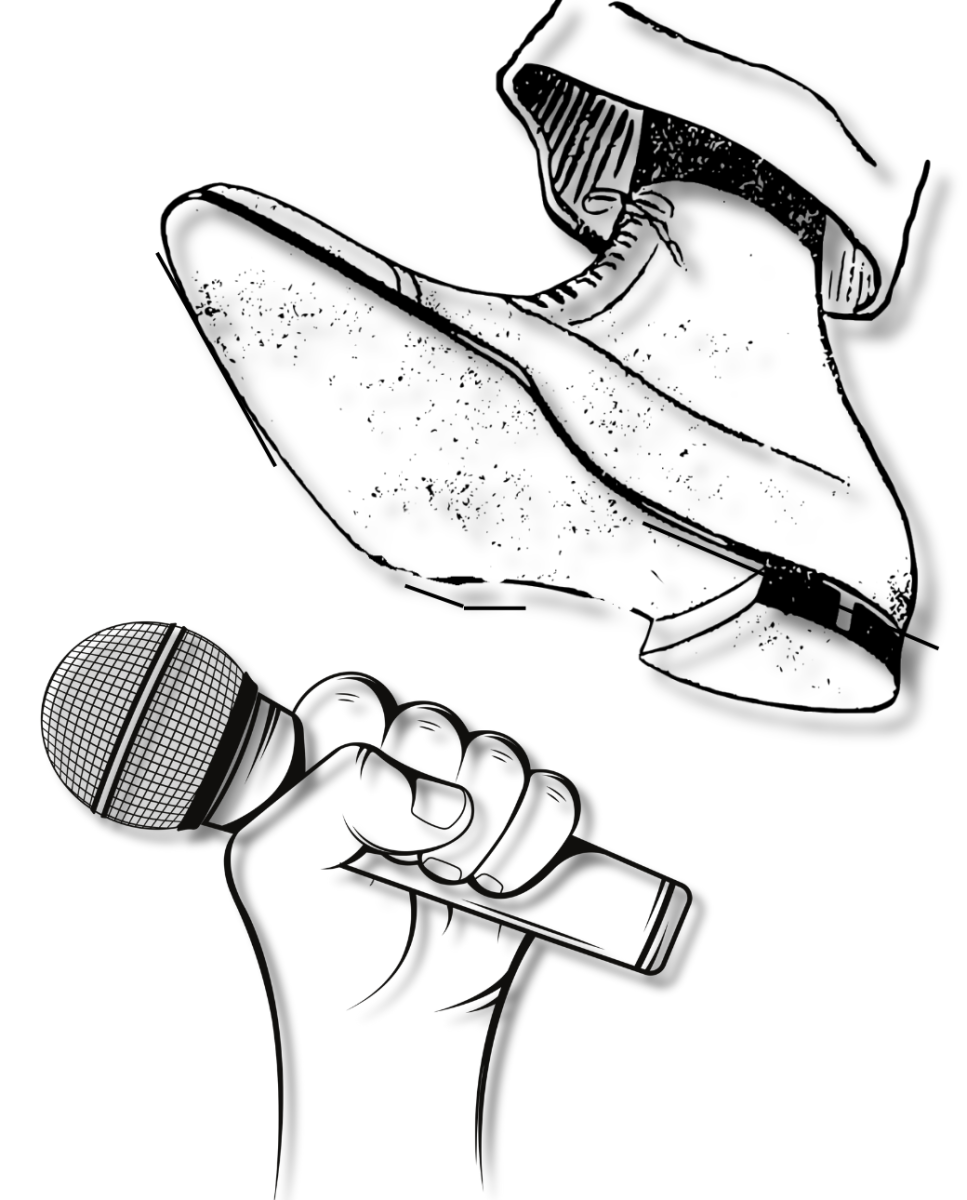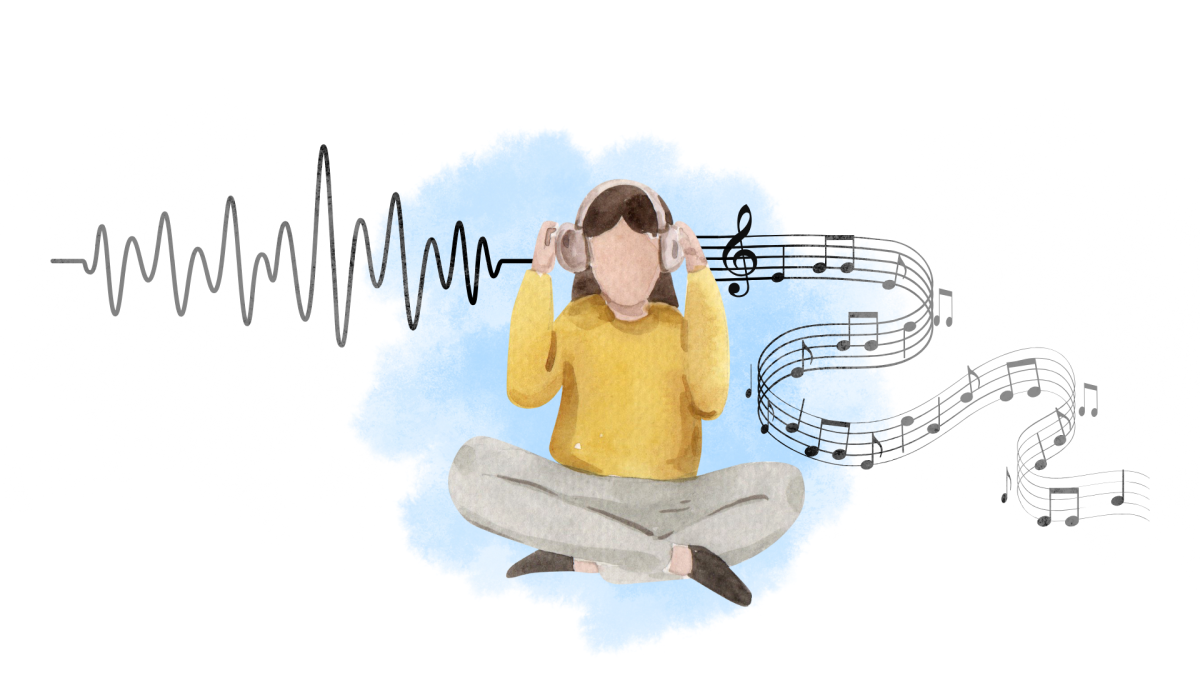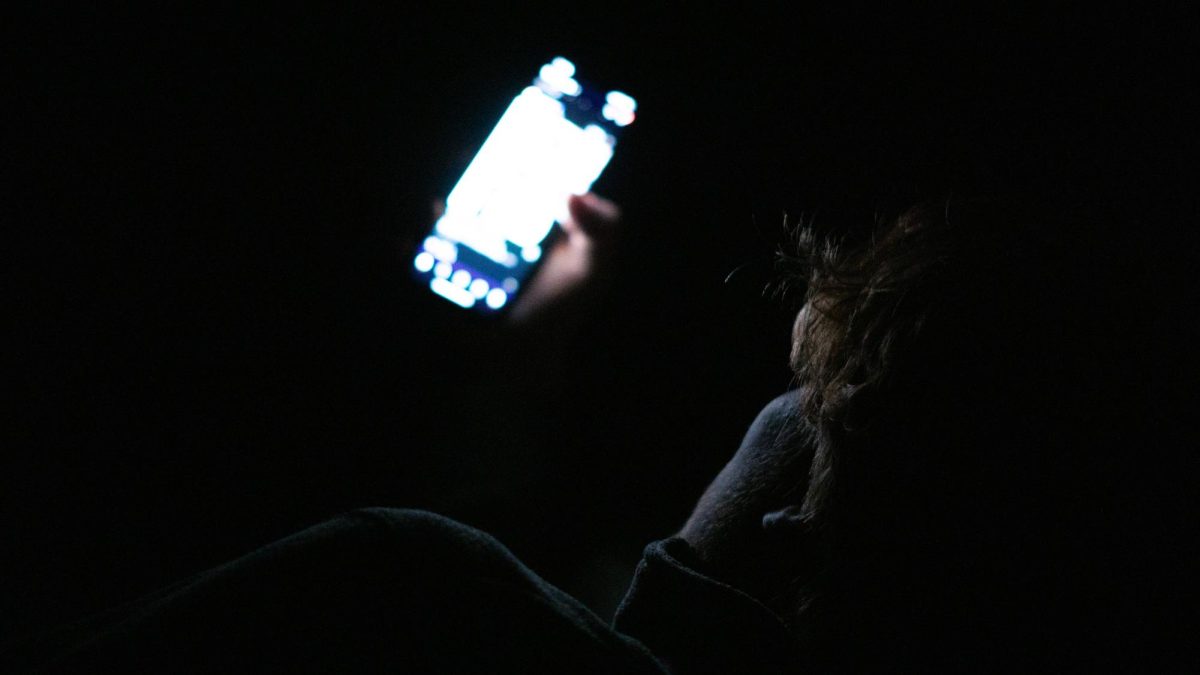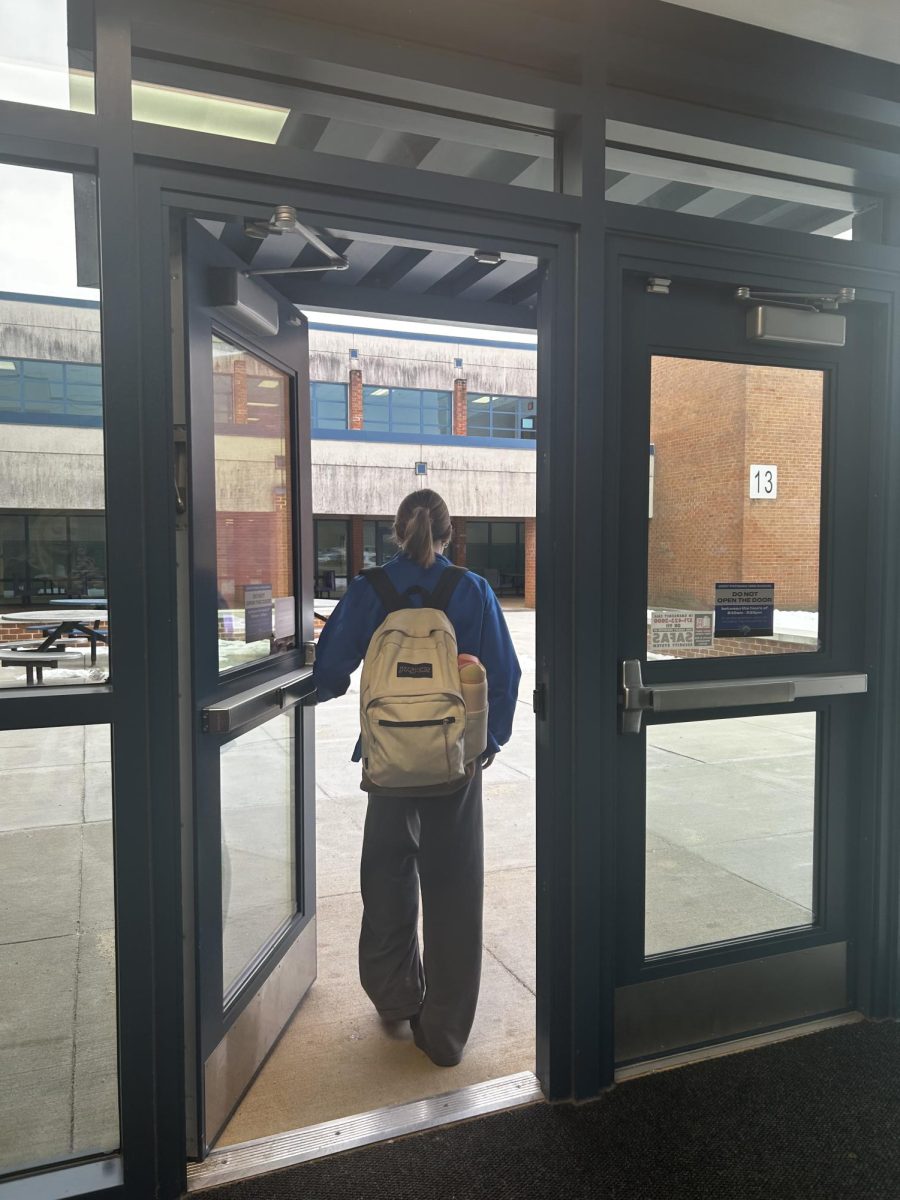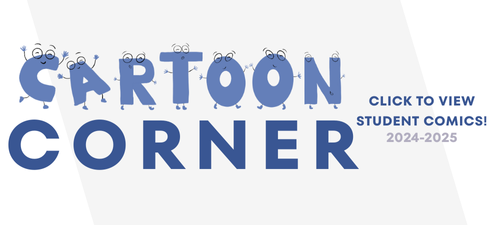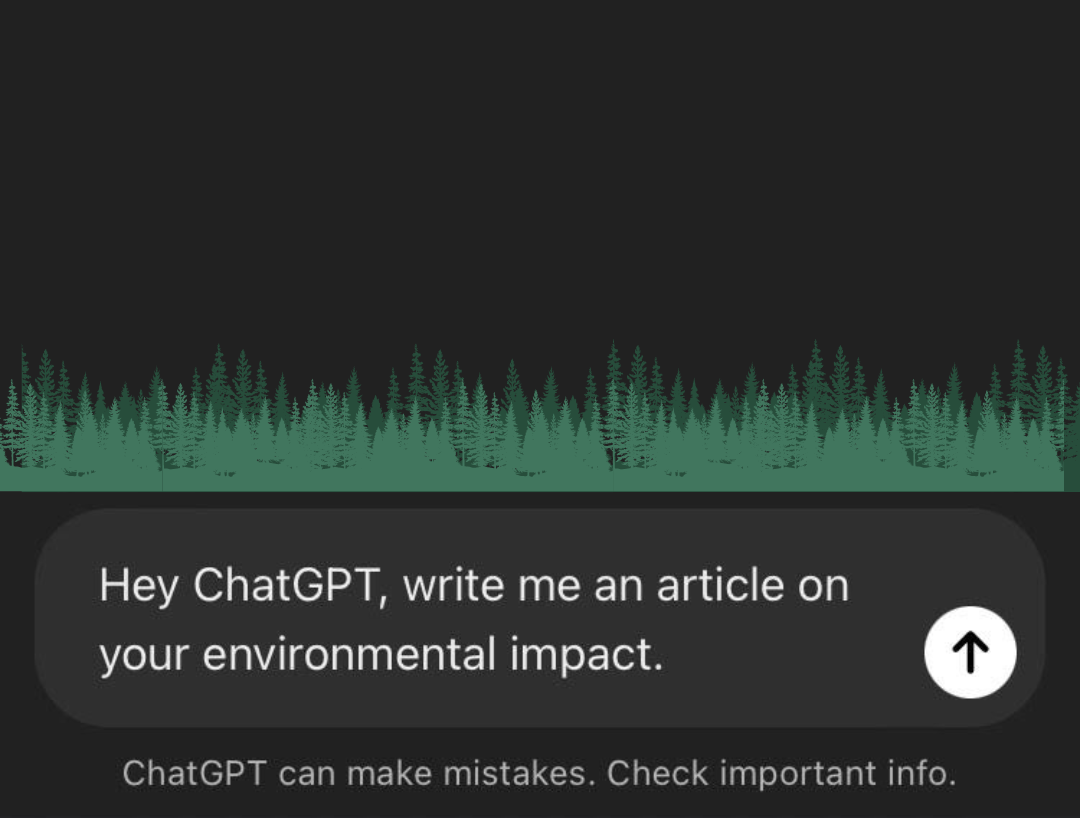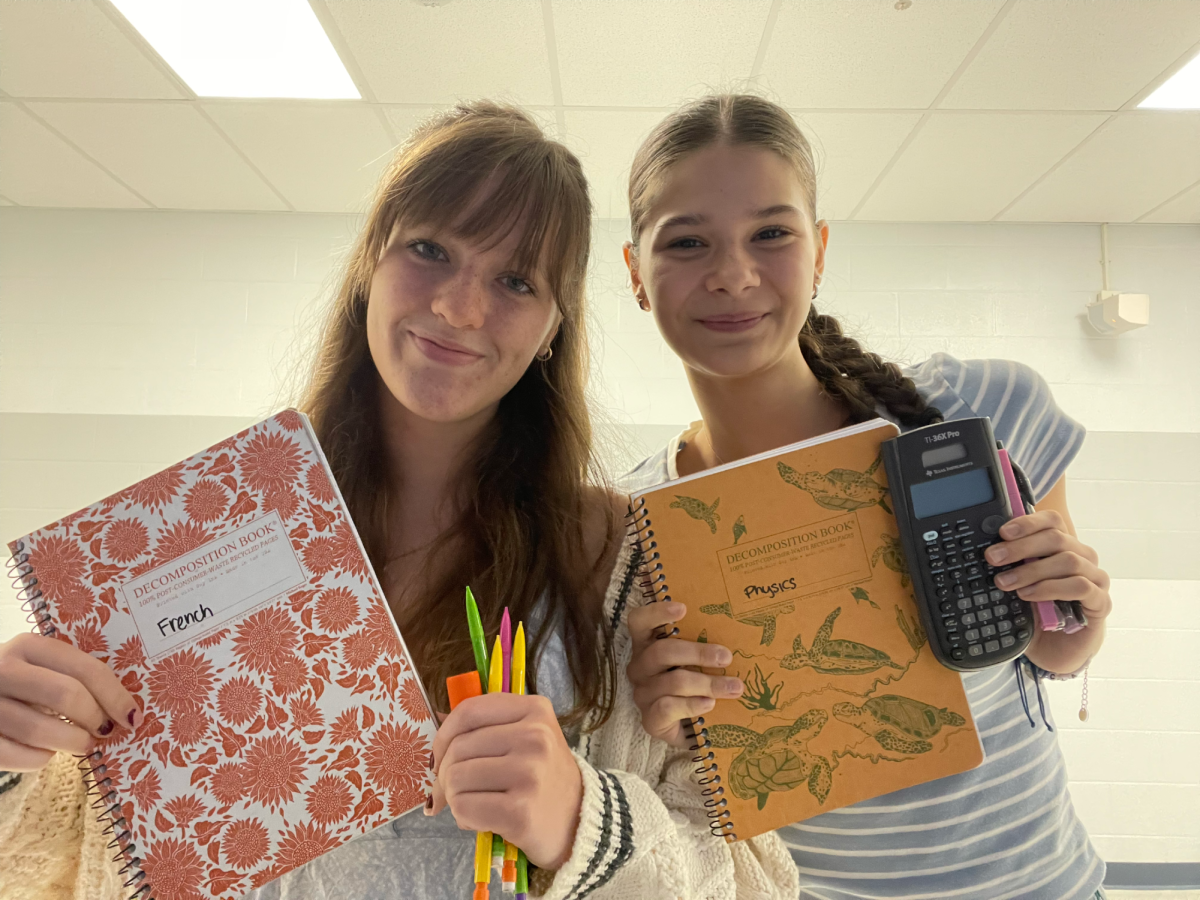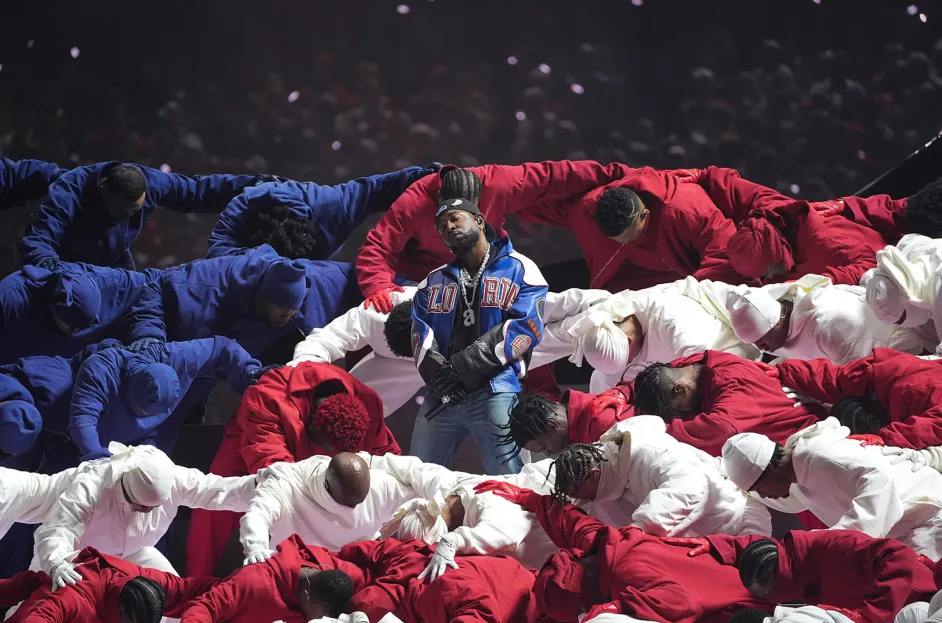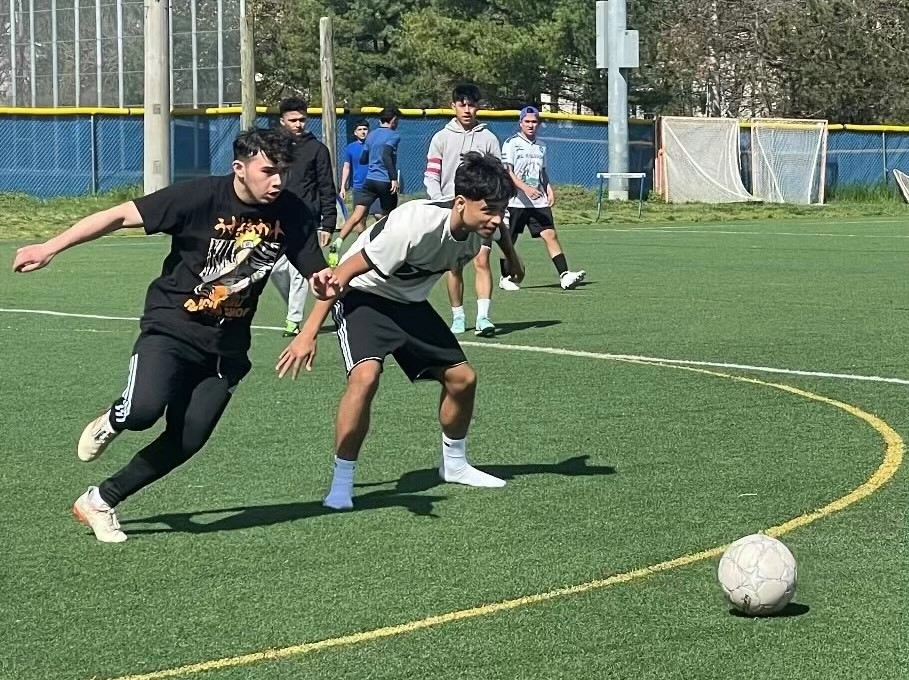The 2nd quarter starts Oct. 31 and lasts until Jan. 28. During this time, there are 18 scheduled break days. These breaks are mostly spread out throughout the months, with the exception of winter break. The constant breaks, while nice, can also be a challenge for students managing their course load. Many teachers’ curriculum does not stop over break. There are still assignments to be completed, even when there is no school. After winter break is over, there are less than three weeks until the quarter ends, meaning students have little to no time to change their second quarter grade. With little time and a lot of work, it takes a toll on a students mental health, and therefore their academic performance.
Students have different opinions of how the breaks affect them. Some students think positively of these breaks because it helps prevent burn out. Senior Eden Flora is trying to maintain her grades for college. “Between fall sports and all of the stuff that happens, it is so packed that the breaks are nice to have,” Flora said. Even with all of the breaks, students could still feel overwhelmed and need to take extra days off. Flora says her mom allows her to take one “mental health day” per semester to catch up on assignments or sleep in. She has already taken her day off, and thinks it’s more productive for her to complete school work at home rather than in school. “I don’t feel overwhelmed and bombarded with work, like I have time to do my stuff,” Flora said.
Patricia Jackson has been working at West Potomac for six years. She is currently working at the attendance office where she notices an increase in student absence during the second quarter. Some of these could account for holiday breaks and people going on vacation, but students will often take mental health days during the second quarter to refocus. “Unexcused is when somebody’s just going on vacation. If you have a doctor’s appointment or dentist appointment, that’s excused,” Jackson said.
In most office workplaces, a mental health day is similar to a sick day; both are used for the absentee to rest and recover. But the school system looks at mental health days and sick days as different excuses.
Freshman Reese Myers is finishing up her first semester at West Potomac. Even with her little time here, Reese still considers the second quarter as the hardest. “Teachers give out more work and it’s less time to do the work,” Myers said.
This is a statement that many students can relate to, teachers can sometimes expect students to do work and disregard their break. Even though many students feel more productive at home, this doesn’t mean they want to continue working over holiday breaks. These breaks are a time to relax, to reset, and not focus on school work, something that is not always reflected in the course load.
“When you have Thanksgiving Break, and Winter Break, and then a week off for snow, I think it does make a pause in them [students] learning the curriculum,” English teacher Ms. Jenkins said.
Teachers notice a difference in student productivity during the second quarter. After the many breaks in November, December, and January, it makes it difficult for students to come back with the same enthusiasm and work ethic they had before break. Because of this, Ms. Jenkins supports the idea of brain breaks and also “mental health days.”
“It’s ok to take a mental health day. I think if you aren’t doing well mentally, you’re not going to be able to perform on the level you like to physically and academically,” she said.



